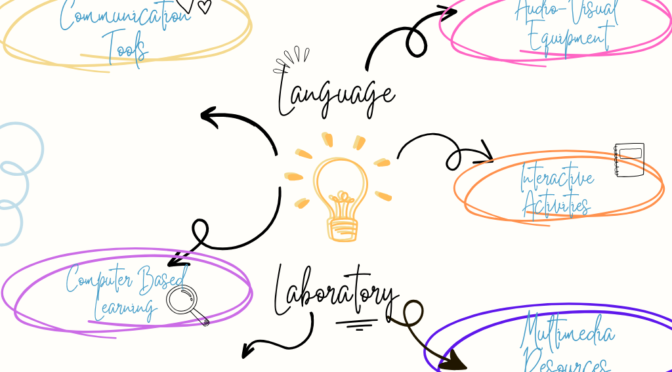A language laboratory is a specialized facility equipped with audio-visual materials and technology designed to enhance language learning and proficiency. Here are several ways in which language laboratories can be used to promote language proficiency:
Listening Skills Improvement:
- Students can listen to native speakers, authentic conversations, and various accents through recorded materials.
- Listening exercises can be designed to improve comprehension, vocabulary, and pronunciation.
Speaking Practice:
- Students can practice speaking in a controlled environment without the fear of judgment.
- Interactive activities such as role-playing, dialogues, and debates can be conducted using the language lab.
Also Read: Language Laboratory
Pronunciation Enhancement:
- Language laboratories allow students to compare and imitate native speakers, helping them refine their pronunciation.
- Speech recognition technology can provide instant feedback on pronunciation accuracy.
Real-life Simulations:
- Simulated real-life scenarios, such as ordering food in a restaurant or making a hotel reservation, can be created to develop practical language skills.
- Role-playing activities can be facilitated, allowing students to apply language skills in authentic situations.
Integration of Technology:
- Incorporating cutting-edge language learning software and tools can enhance the effectiveness of language labs.
- Virtual reality (VR) and augmented reality (AR) technologies can be employed to create immersive language learning experiences.
Also visit: Prep with Harshita



